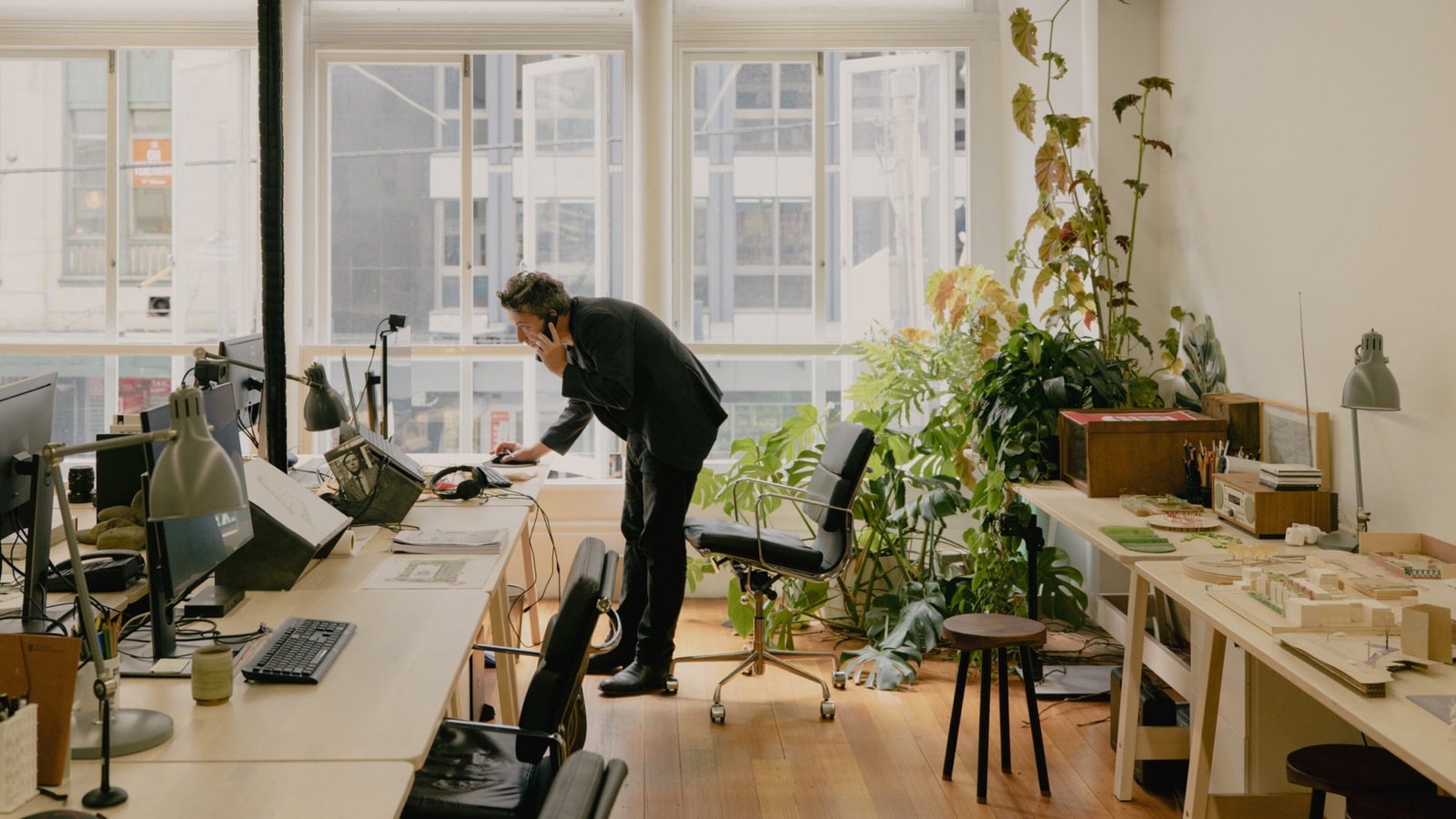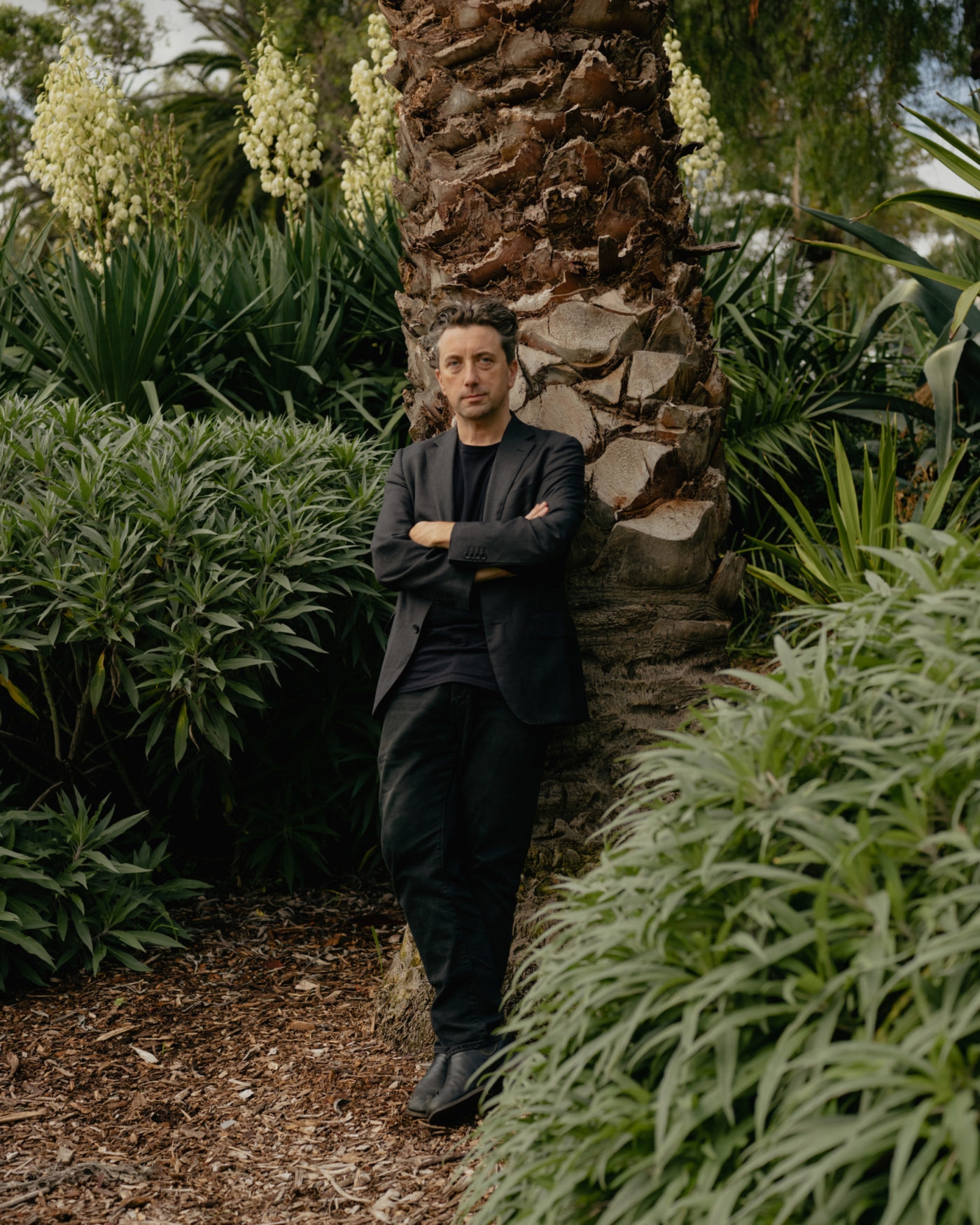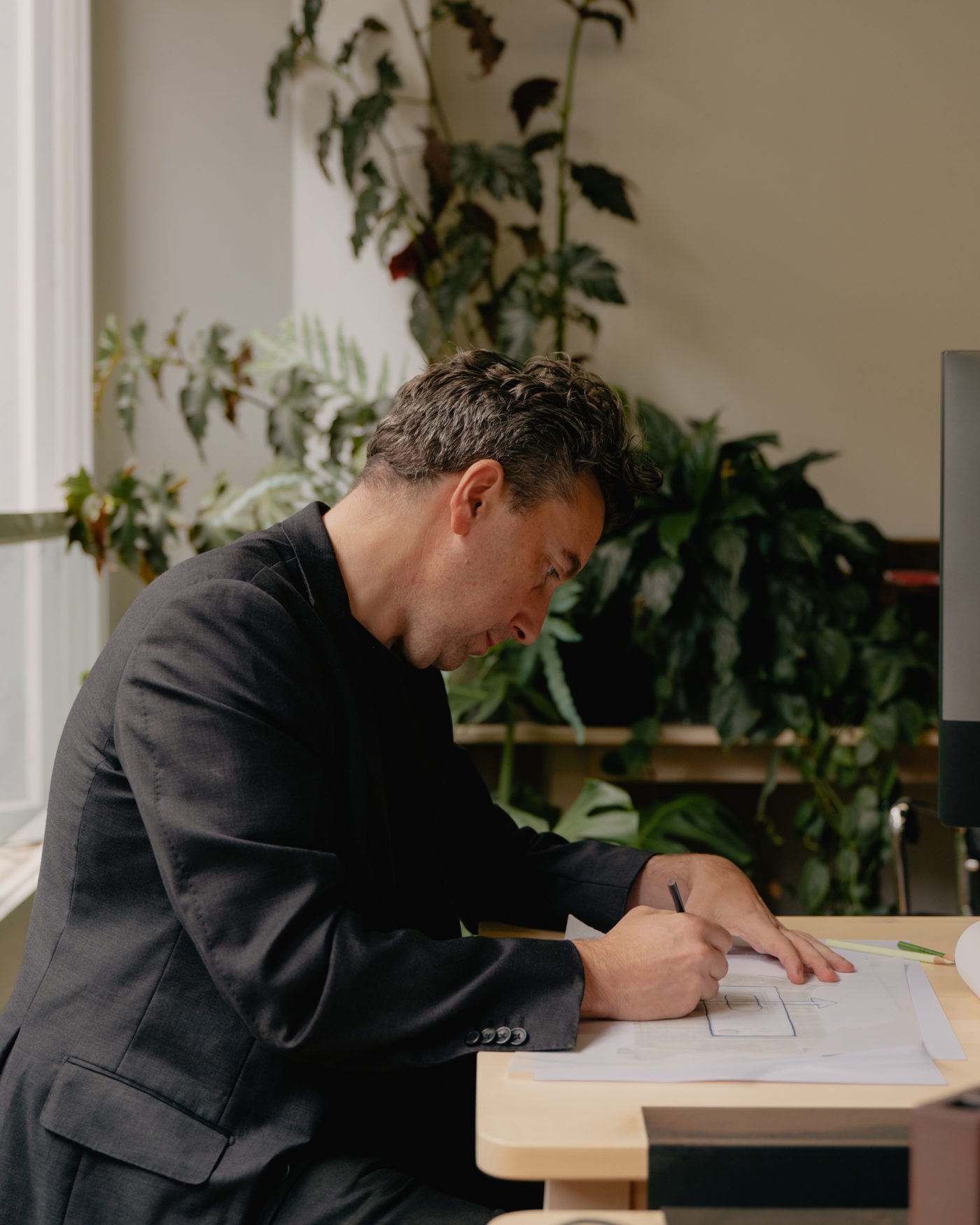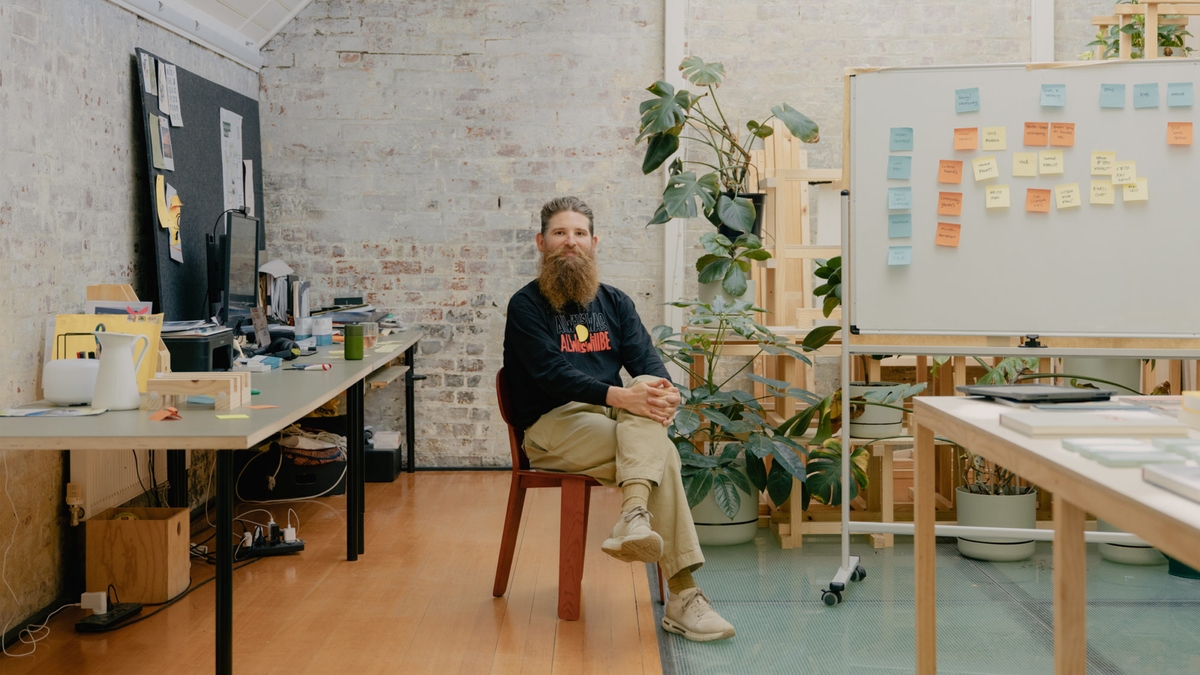Laying the groundwork for better town centres
Insight

Can you begin by telling us about what Openwork does?
Openwork is a landscape architecture and urban design practice based in Melbourne. However, the disciplines of landscape architecture and urban design aren’t that important to us. The real driving interest in the work that we do is enabling people to inhabit the public realm. We’re currently engaged with SRL exploring what a permissive public realm could mean on three projects at Wollert, Sunbury South and Armstrong Creek.
As someone with many years of experience in this area, what interests you most about these projects?
Working with SRL presents an opportunity to reconsider an idea of the public realm within the type of project that consistently ignores it. New suburban town centres are many things but they’re not often “civic”, and that’s a terrible shame because they are the site of many people’s daily life and interaction.
I’ve been involved in a series of research projects at RMIT that are interested in exactly this dilemma. How do you take the suburban town centre and reinvent it into something that feels civic and bigger than the sum of its parts?
New town centres are often driven by an element that designers ignore, which is the car park. Usually, it’s about where you put the shopping centre and the specialty retail, and the car parking space is a tertiary concern.
With SRL, we’re interested in how the space usually given over to cars might be designed to allow for other occupation – such as a habitat for fauna, sports or events for people, and places to gather as a community.
It’s designing from the outside in. These projects are speculations on how town centres should be and not what they have to be.

How do you consider the context, region and community you are designing for?
The received idea of the greenfield site is that people see them as contextless – but I don’t think that’s true at all. We see context in the topography of the site and its remnant ecology.
We’ve investigated what would have been on this Country before it was cleared for pastoral purposes, and then before it was cleared again for suburbs. It’s reintroducing a context that was latent, which then informs our approach.
How do you see the role of public space in new suburban centres evolving?
I think it’s about invitation. Usually, new suburban centres are very much about transaction. You get out of your car, walk to the front door, buy your stuff and then leave. We’re more interested in investing these spaces with a sense of destination – places that invite you in and permit you to stay.
All of our projects have this idea of a central civic space that is adjacent to retail activation, but not dependent on it. There are also spaces that can be programmed in an interesting way so that people outside of the retail space might be able to use them.
How would we see that programming come to life?
As an example, at the Armstrong Creek project, sections of the car park have been configured so that their use by cars is going to be much more “tidal”. Some parts of the week there will be cars around, but on large parts of the weekend, there won’t be. We’ve added court line-markings that sit alongside the conventional car park line-markings – so if people from the adjacent neighbourhood want to take over the space to play soccer, basketball or tennis, they can.
There’s also an opportunity to include infrastructure for skaters. Overall, they will be more active, generous and inviting spaces than they would have been under a traditional development model.
What are you most excited about seeing come to life in these projects?
A sense that we’re taking public life to the suburbs, but we’re not doing it in a kind of faux-19th century townscape way. We’re doing it in the language of the Australian suburbs. I think it’s radical, and it will be great to see when it’s built.
I’m also interested in the thousands of different ways that people will choose to inhabit these projects, including ways that we haven’t thought of yet. We’ve designed these spaces to encourage multiple ways of using them.
It won’t just be a conventional car park where the only delight will be seeing where the shopping trolleys get left. There will be other invitations, possibilities and ways that these places can host local life.
